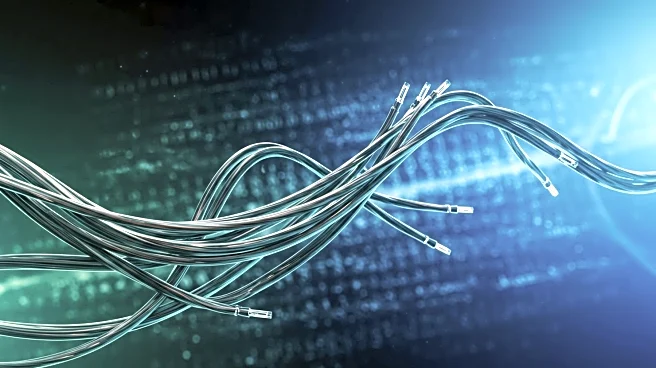What's Happening?
Tommy Fello, a restaurateur from Ohio, experienced a stroke that left him with limited movement in his left arm and leg. Despite initial treatments, his recovery plateaued until he was introduced to the Vivistim System, an FDA-approved implant developed by MicroTransponder Inc. This device uses vagus nerve stimulation during rehabilitation to enhance neuroplasticity, improving motor function in stroke survivors. Fello became the first patient at the Cleveland Clinic to receive the implant, which has significantly improved his mobility and quality of life. The Vivistim System represents a breakthrough in stroke rehabilitation, offering hope to patients with moderate to severe deficits.
Why It's Important?
The Vivistim System's ability to enhance neuroplasticity and improve motor function in stroke survivors marks a significant advancement in stroke rehabilitation. This technology offers new hope to the approximately 800,000 Americans who experience an ischemic stroke each year, particularly those whose recovery has stalled with traditional rehabilitation methods. By potentially redefining stroke recovery, the Vivistim System could lead to widespread adoption in medical facilities, improving patient outcomes and reducing long-term healthcare costs. The success of this technology may also inspire further innovations in neurorehabilitation.
What's Next?
As the Vivistim System gains traction, more stroke patients are expected to benefit from this innovative therapy. The Cleveland Clinic and other medical institutions may expand their use of the device, leading to broader clinical trials and studies to further validate its efficacy. The potential for increased neuroplasticity and improved motor function could revolutionize stroke rehabilitation practices, prompting healthcare providers to integrate similar technologies into their treatment protocols. Continued advancements in this field may also lead to the development of new devices and therapies that further enhance recovery for stroke survivors.













